01:30
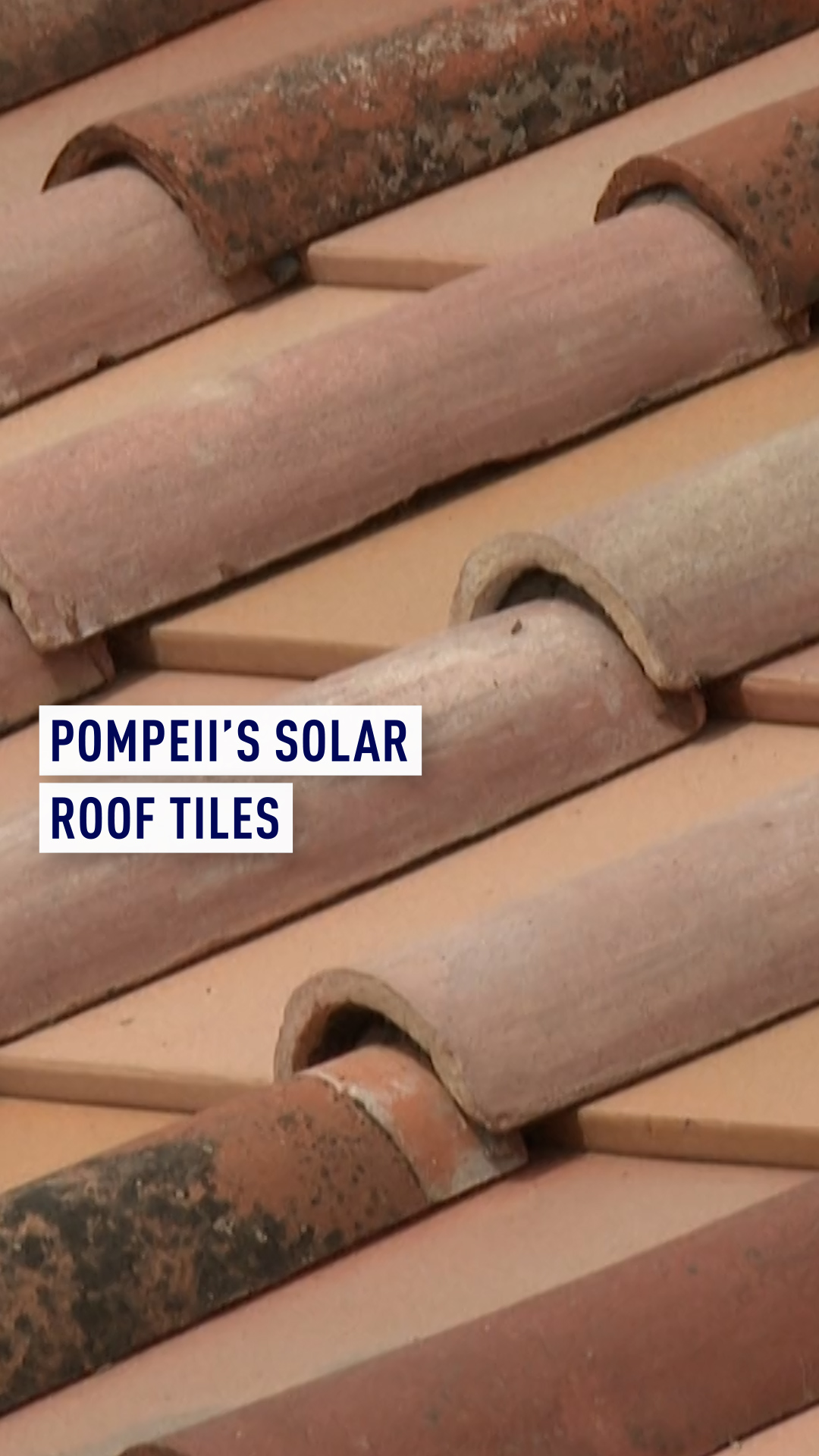
WATCH: The roof tiles that help power Pompeii
Pompeii is shining a light on the past and, in a sense, the future as well.
The ancient Italian city was devastated by a volcanic eruption nearly 2,000 years ago. It’s now a UNESCO World Heritage Site, but it’s also setting an example when it comes to green energy.
Officials have fitted terracotta-style solar roof tiles on one of the most famous villas in the area. The tiles have solar photovoltaic cells, allowing Pompeii to preserve its history while generating clean power. The light from the cells helps illuminate the frescoes that captivate more than two million tourists every year.
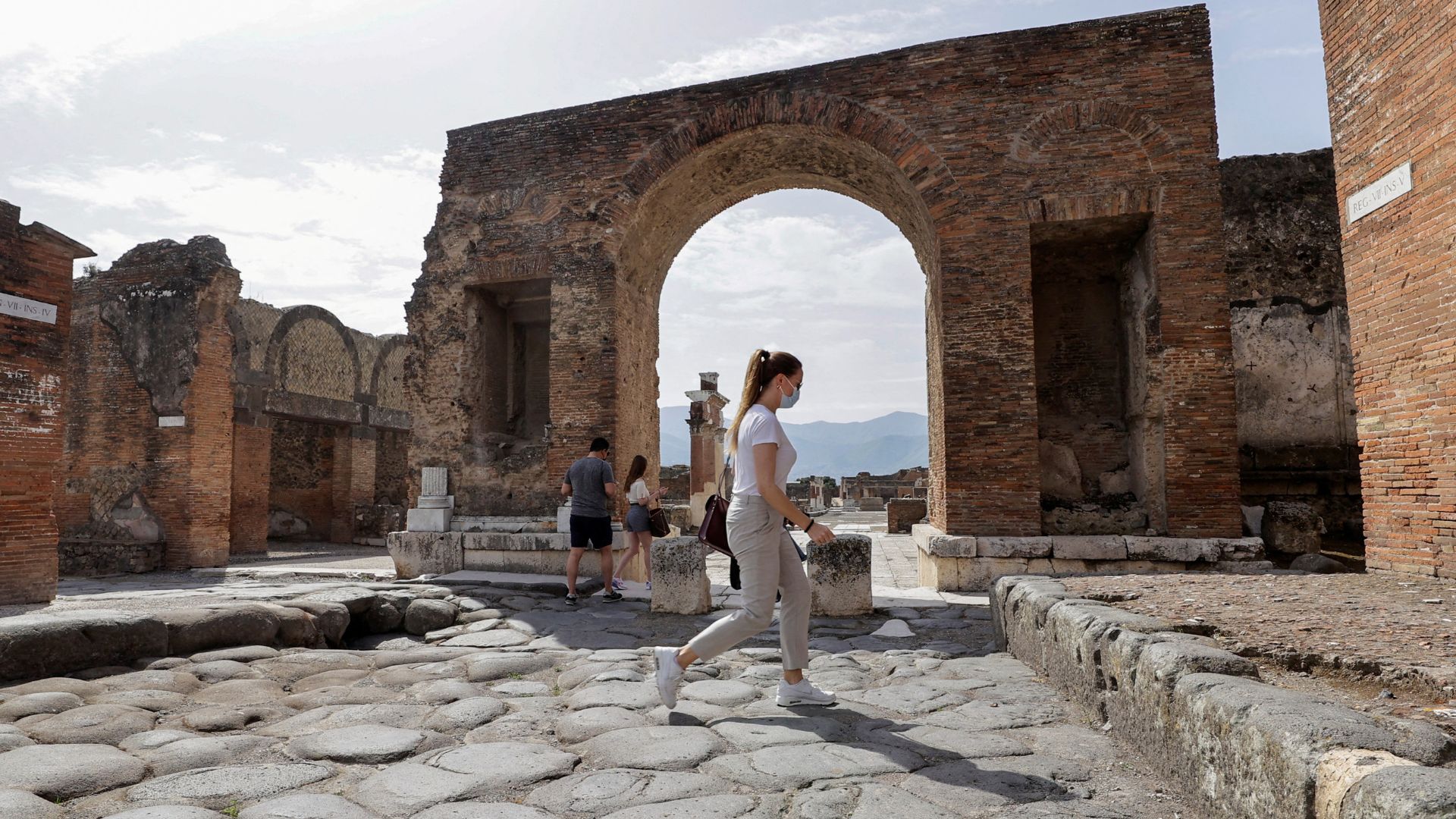 The ruins of Pompeii attract millions of tourists each year. /Ciro de Luca/Reuters
The ruins of Pompeii attract millions of tourists each year. /Ciro de Luca/Reuters
The ruins of Pompeii attract millions of tourists each year. /Ciro de Luca/Reuters
When old meets new
The project is in its early stages, but experts say the tiles could transform historic city centers as Italy looks for more green energy in public spaces.
Pompeii director Gabriel Zuchtriegel says the tiles look “exactly the same as the ancient ones” found in archaeological sites and cities across the Mediterranean.
Zuchtriegel says it’s important that other historical sites follow Pompeii’s example.
“Pompeii is a unique site due to its vast size and complexity. But I hope this will not be a unique project,” he declared.
The green power scheme blends emerging technologies with an extraordinary mural unearthed in 1909 at the Villa of the Mysteries. The property was buried along with the rest of the city when Mount Vesuvius erupted in 79 A.D.
The mural depicts female devotees of Dionysus – the god of wine and revelry – as they engage in a series of mysterious rites.
The images have intrigued scholars for decades. Some historians have even suggested they’re evidence that the lady of the villa was a priestess whose slaves took part in cult rituals.
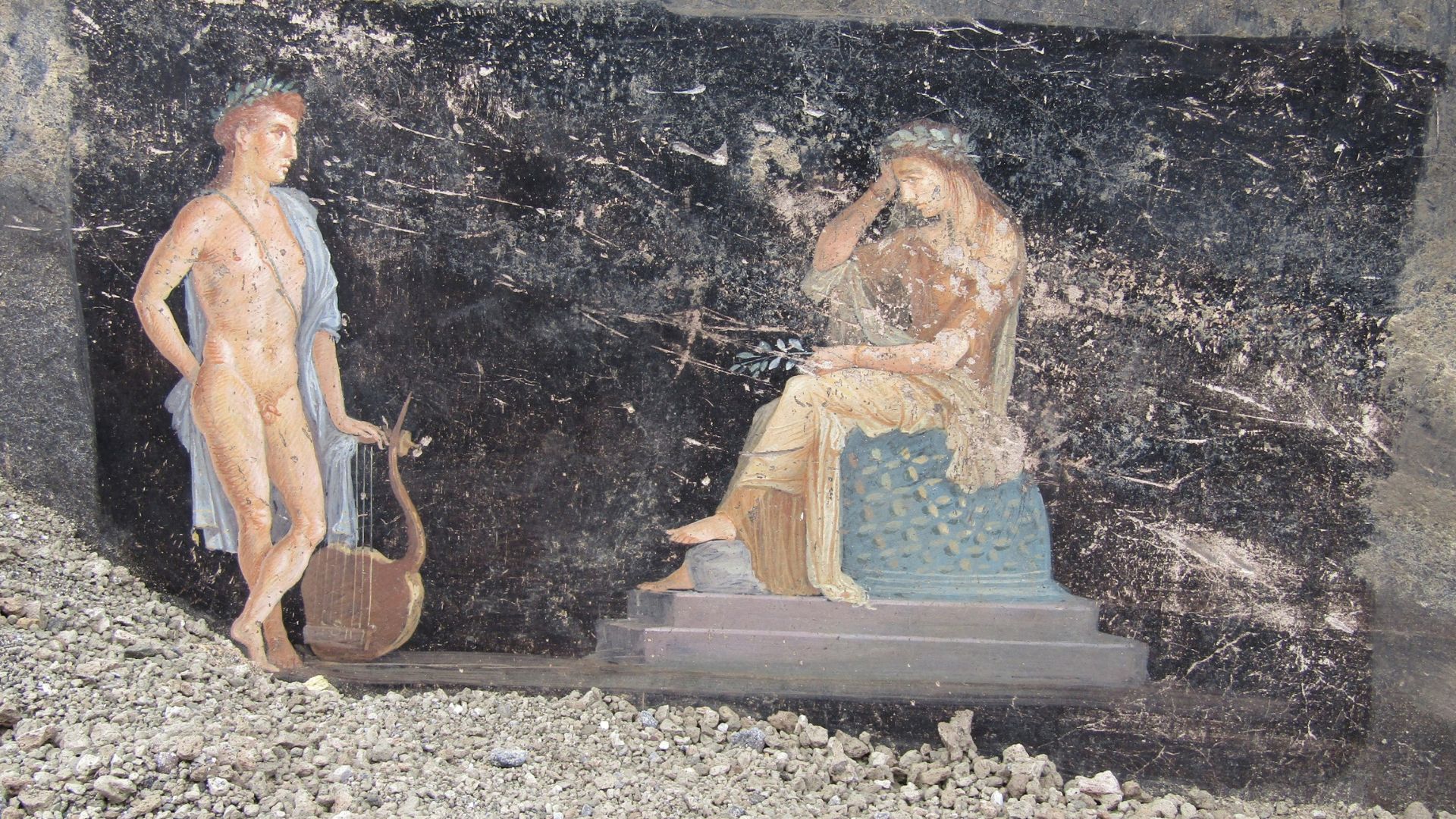 Several of Pompeii’s murals, or frescos, have been preserved for nearly 2,000 years. /Parco Archeoligico di Pompei
Several of Pompeii’s murals, or frescos, have been preserved for nearly 2,000 years. /Parco Archeoligico di Pompei
Several of Pompeii’s murals, or frescos, have been preserved for nearly 2,000 years. /Parco Archeoligico di Pompei
Terrific terracotta
The fresco covers three walls and is one of the best preserved in Pompeii. It’s lit by special LED lights designed to highlight the deep red, purple and gold images, while protecting the painted surfaces.
Solar panels sit on the villa’s roof and power the lights. They’re almost invisible, lying between traditional ceramic curved tiles.
Italian lighting company Ahlux secured the patent for the system in 2022 and now produces both curved and flat panels varnished in terracotta tones.
Project manager, Alberto Bruni, says the panels cover 70 square meters of roof, produce a maximum of 13 kilowatt-hours and are linked to an ecologically-friendly sodium battery.
Pompeii gets over 15 hours of sunlight a day at the height of summer, but Bruni wants to make sure it won’t go to waste. He says the panels will provide power to other villas around the site.
Ahlux founder, Augusto Grillo, says the tiles are about five percent less efficient than a traditional solar panel. “This nominal loss is compensated by the fact that our panels heat up less in summer,” says Grillo. “The performance ends up being very similar.”
 Pompeii’s solar lighting system will draw on nearly 15 hours of sunlight per day at the height of summer. /Italian Culture Ministry
Pompeii’s solar lighting system will draw on nearly 15 hours of sunlight per day at the height of summer. /Italian Culture Ministry
Pompeii’s solar lighting system will draw on nearly 15 hours of sunlight per day at the height of summer. /Italian Culture Ministry
Can red become green?
The tiles are generating excitement, as well as electricity. Grillo says Rome’s MAXXI modern art museum has expressed interest, along with the Pinoteca Ambrosiana museum in Milan.
But green technology isn’t always cheap. Many of Italy’s famous historic buildings are either public property or owned by Catholic institutions. “The problem is finding the funds,” says Grillo.
Still, there is hope that more buildings could go solar in the years ahead. Bruni says the cost of the panels “is coming down”, and he’s hoping that will spark some change.
Italy is under pressure to make red-roofed cities such as Florence or Bologna much greener as it tries to combat climate change.
The European Union has set a target for 2030, saying it wants to reduce carbon emissions by 55 percent compared with 1990 levels. It’s admitted that member states will have to upgrade buildings to achieve that goal.
That is a mammoth challenge for Italy. The Italian Constructors’ Association (ANCE) says around 60 percent of buildings are in the worst two energy categories, compared to 17 percent in France and six percent in Germany.
“There needs to be some national and perhaps European co-investment to make sure that the very, very ambitious timelines can be respected,” says Angelica Donati, president of the youth constructors’ association ANCE Giovani.
“We have the most beautiful cities in the world, which means we need much more thoughtful interventions, and quickly. There’s a lot to be done”.

Subscribe to Storyboard: A weekly newsletter bringing you the best of CGTN every Friday
Source(s): AFP
 Goods move back and forth on horseback across the border between Sudan and Chad in Adre, Chad, April 25, 2024. /CFP
Goods move back and forth on horseback across the border between Sudan and Chad in Adre, Chad, April 25, 2024. /CFP 

 An illustration shows the concept of the BMI system. /CFP
An illustration shows the concept of the BMI system. /CFP 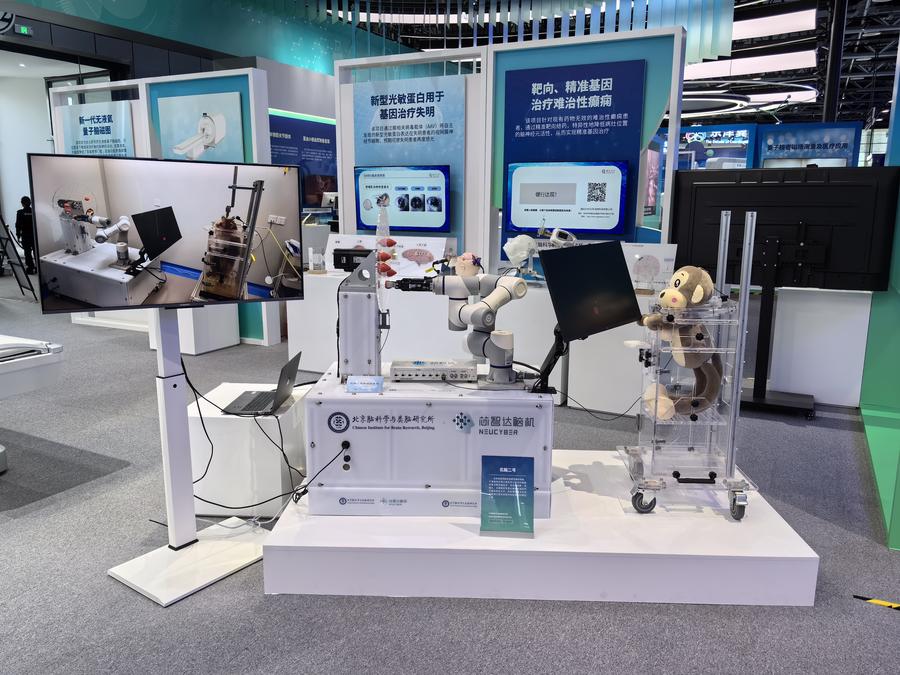 China’s self-developed NeuCyber Array BMI System on display at the opening ceremony of the 2024 Zhongguancun Forum in Beijing, capital of China, April 25, 2024. /Xinhua
China’s self-developed NeuCyber Array BMI System on display at the opening ceremony of the 2024 Zhongguancun Forum in Beijing, capital of China, April 25, 2024. /Xinhua 

 The ruins of Pompeii attract millions of tourists each year. /Ciro de Luca/Reuters
The ruins of Pompeii attract millions of tourists each year. /Ciro de Luca/Reuters  Several of Pompeii’s murals, or frescos, have been preserved for nearly 2,000 years. /Parco Archeoligico di Pompei
Several of Pompeii’s murals, or frescos, have been preserved for nearly 2,000 years. /Parco Archeoligico di Pompei  Pompeii’s solar lighting system will draw on nearly 15 hours of sunlight per day at the height of summer. /Italian Culture Ministry
Pompeii’s solar lighting system will draw on nearly 15 hours of sunlight per day at the height of summer. /Italian Culture Ministry 
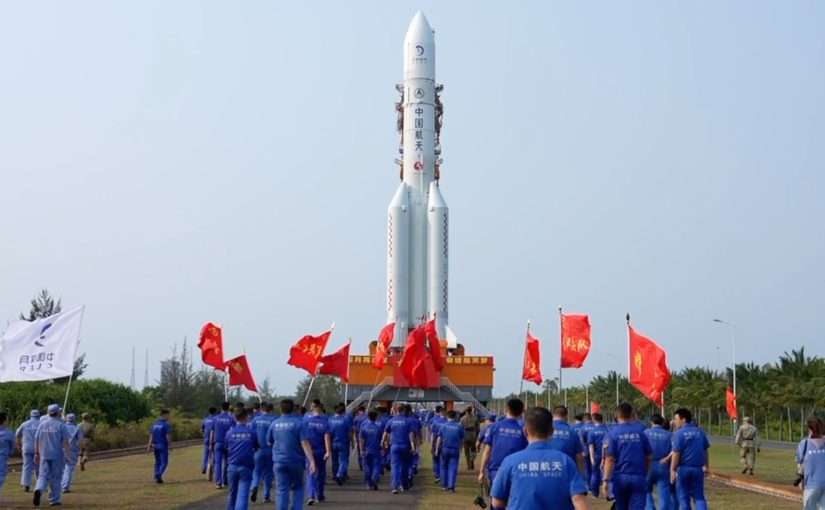
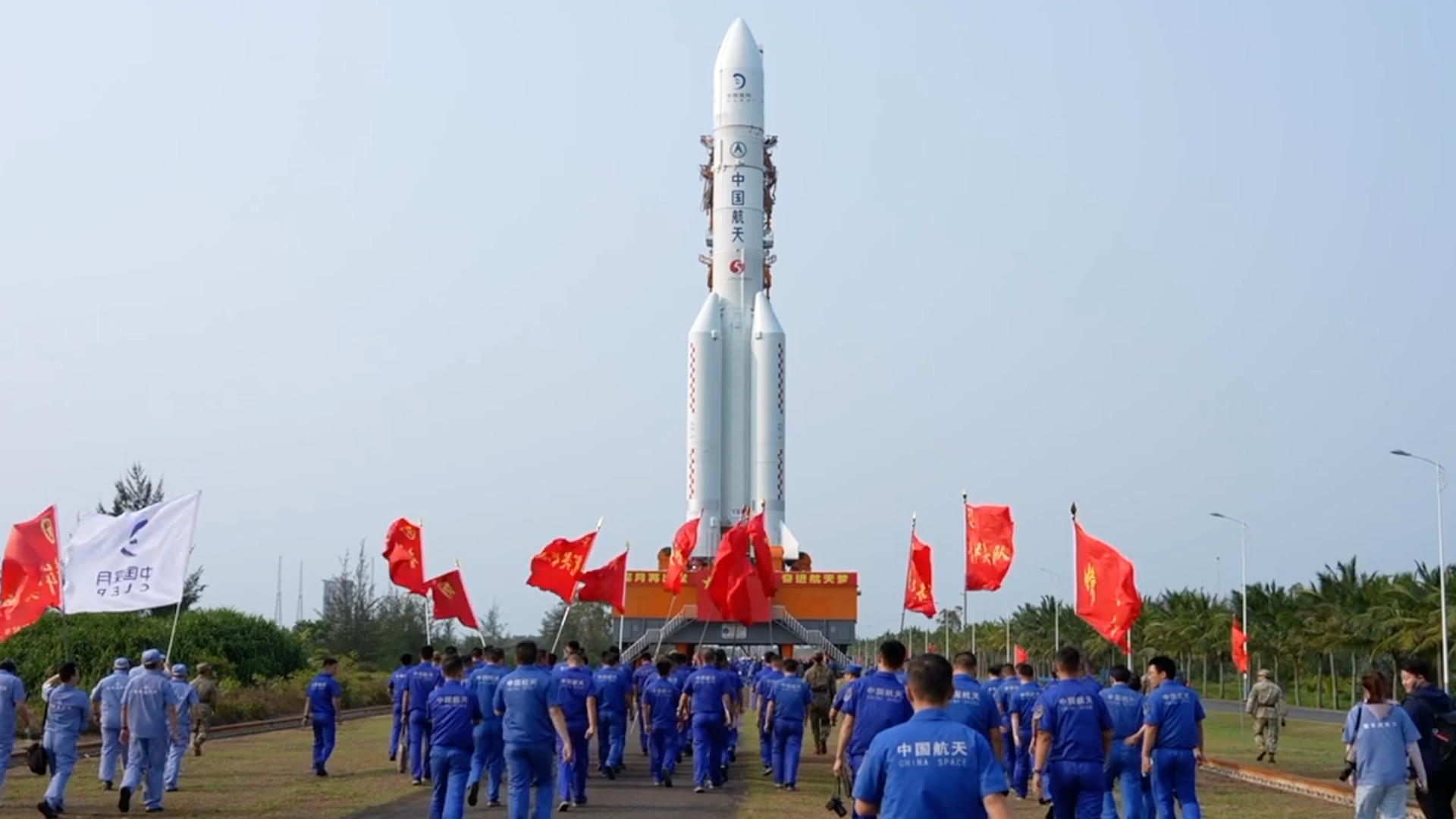
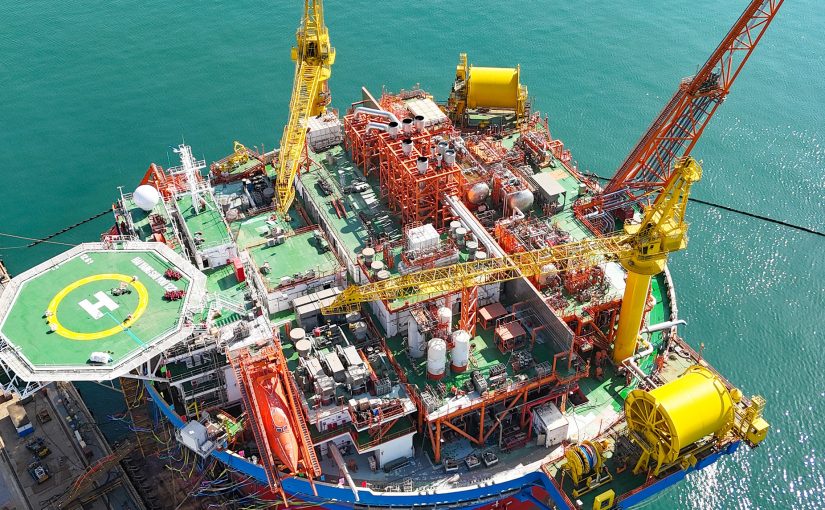
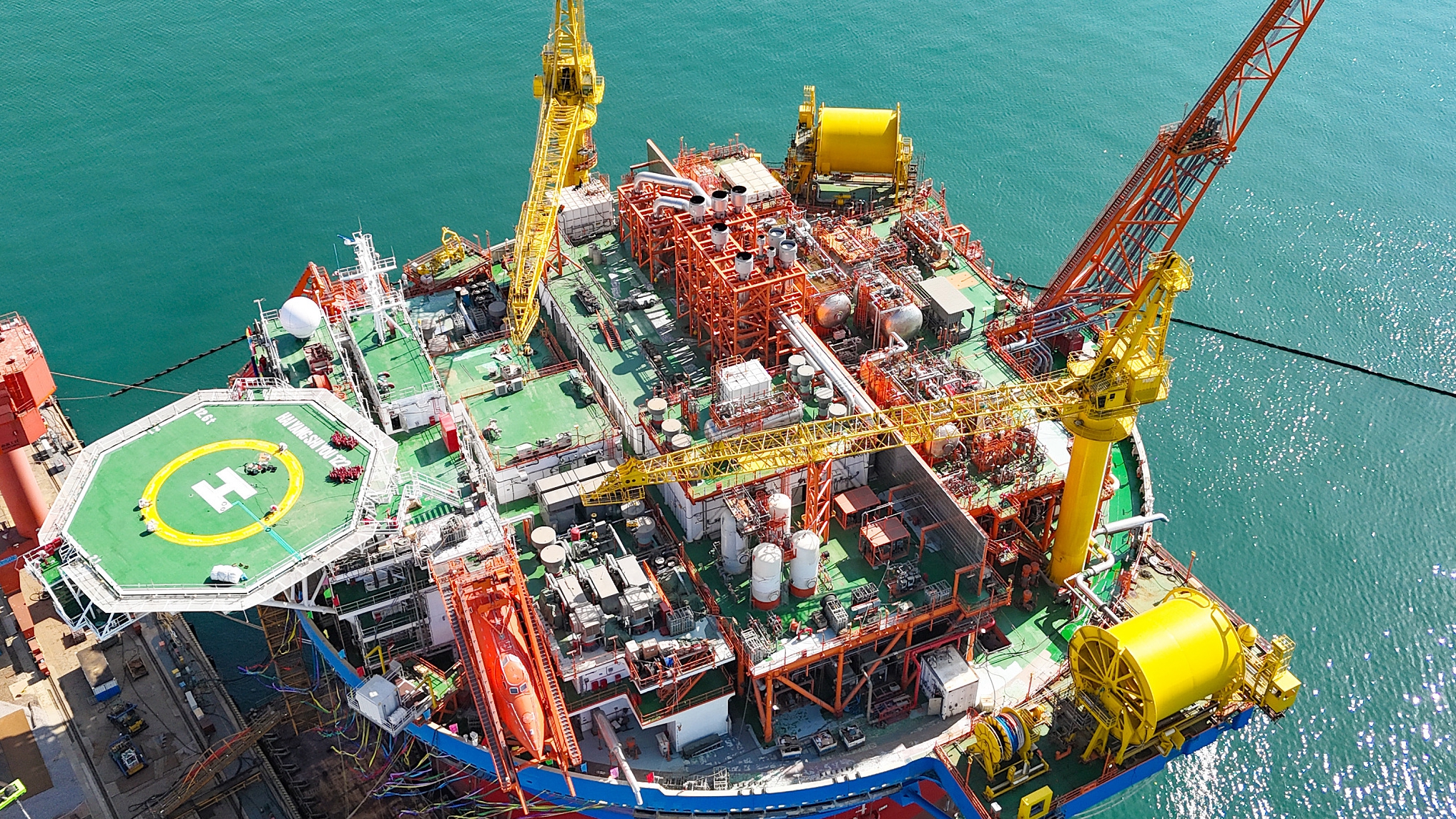 The Haikui No.1 in east China’s Qingdao City, April 26, 2024. /CFP
The Haikui No.1 in east China’s Qingdao City, April 26, 2024. /CFP 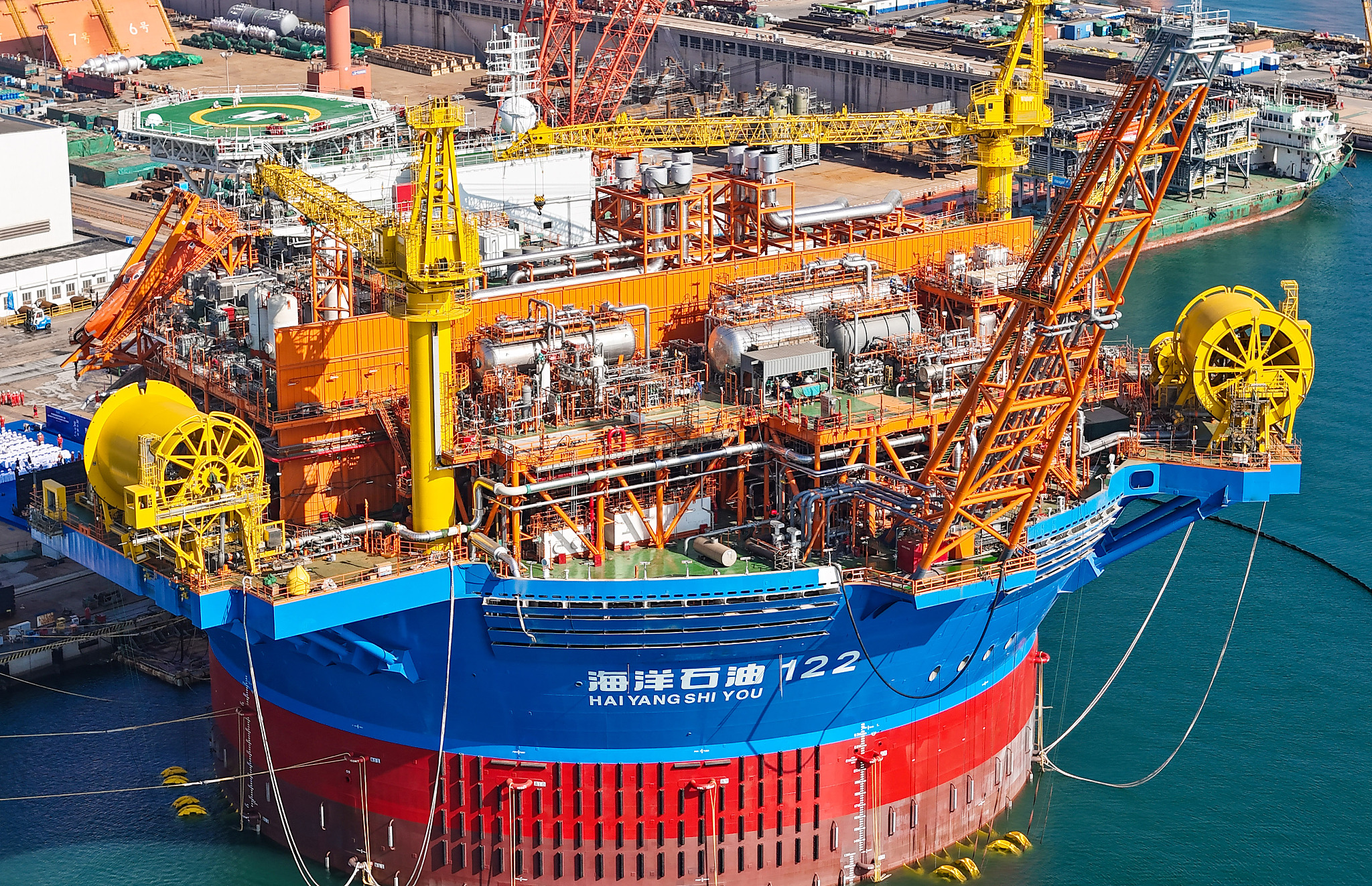 The Haikui No.1 in east China’s Qingdao City, April 26, 2024. /CFP
The Haikui No.1 in east China’s Qingdao City, April 26, 2024. /CFP 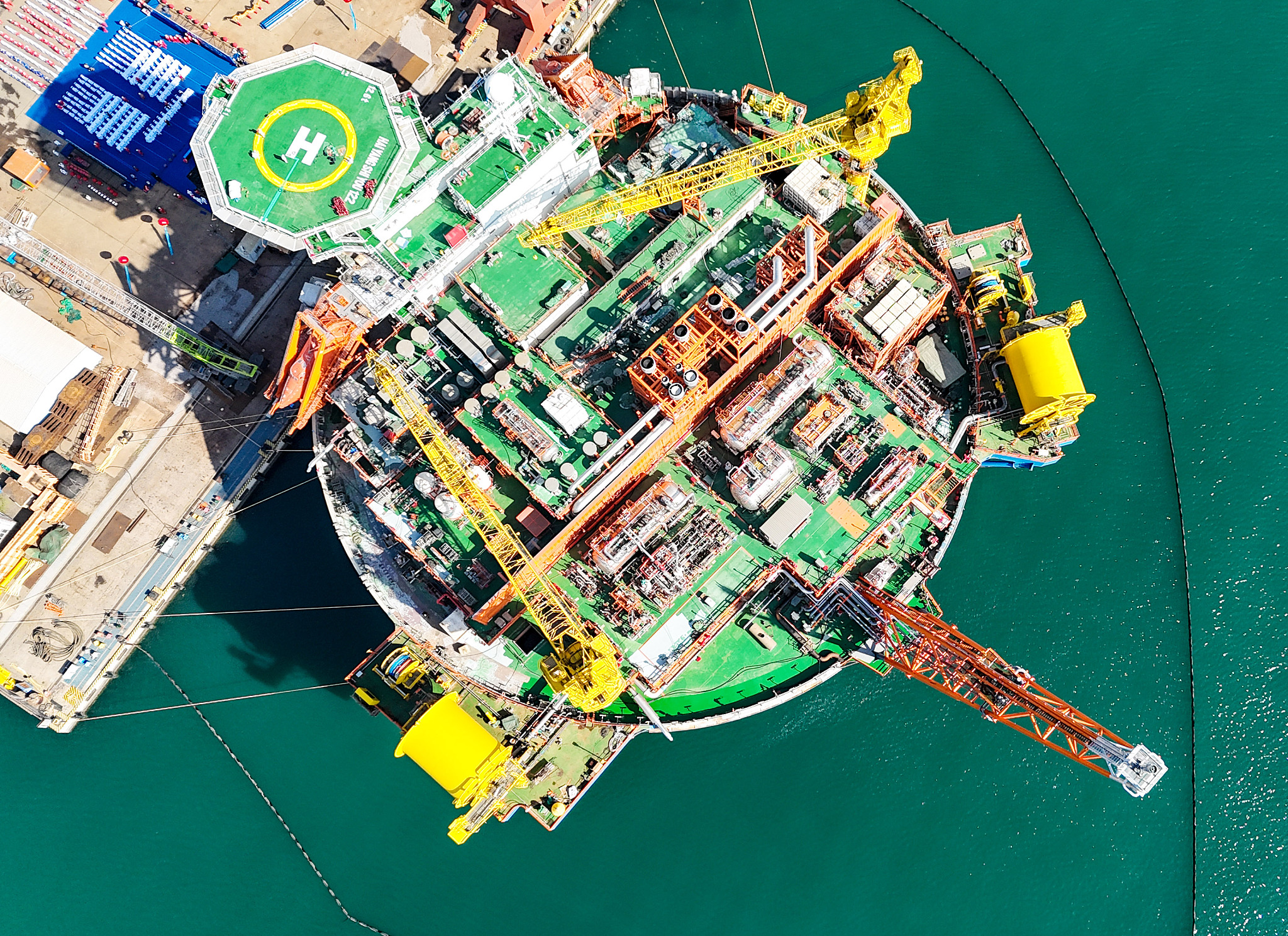 The Haikui No.1 in east China’s Qingdao City, April 26, 2024. /CFP
The Haikui No.1 in east China’s Qingdao City, April 26, 2024. /CFP 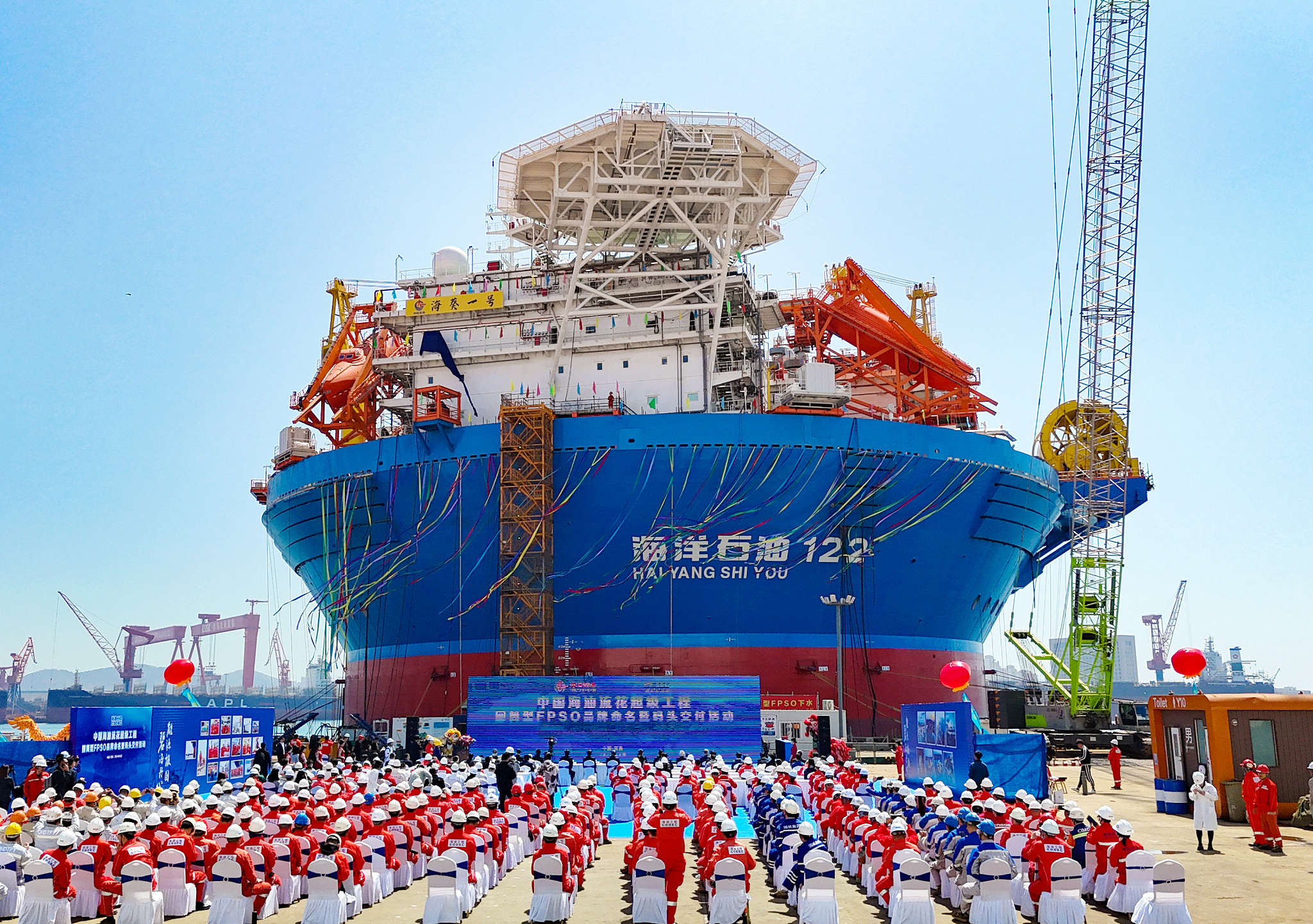 The Haikui No.1 in east China’s Qingdao City, April 26, 2024. /CFP
The Haikui No.1 in east China’s Qingdao City, April 26, 2024. /CFP 
 The Israeli army’s armored vehicles and tanks move in and out of Gaza, April 25, 2024. /CFP
The Israeli army’s armored vehicles and tanks move in and out of Gaza, April 25, 2024. /CFP 


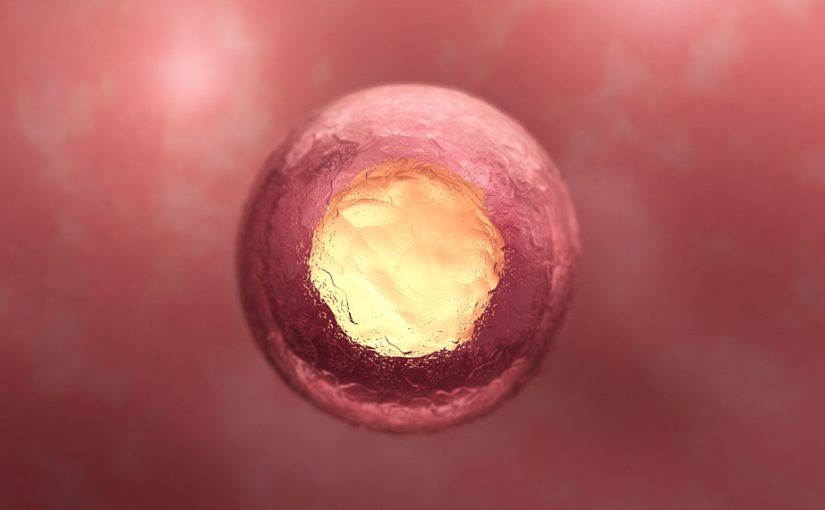
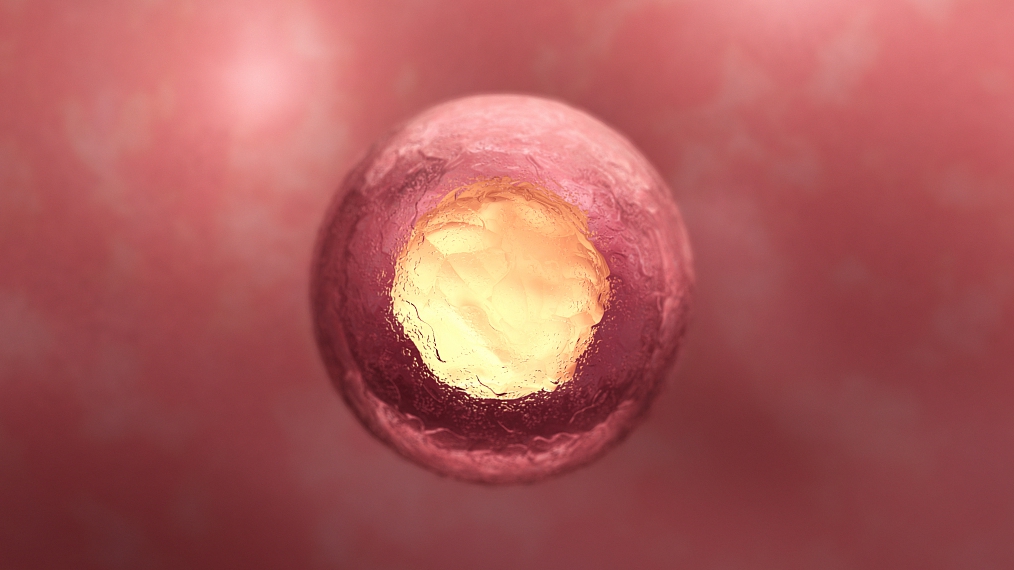 An illustration of a human embryo. /CFP
An illustration of a human embryo. /CFP 
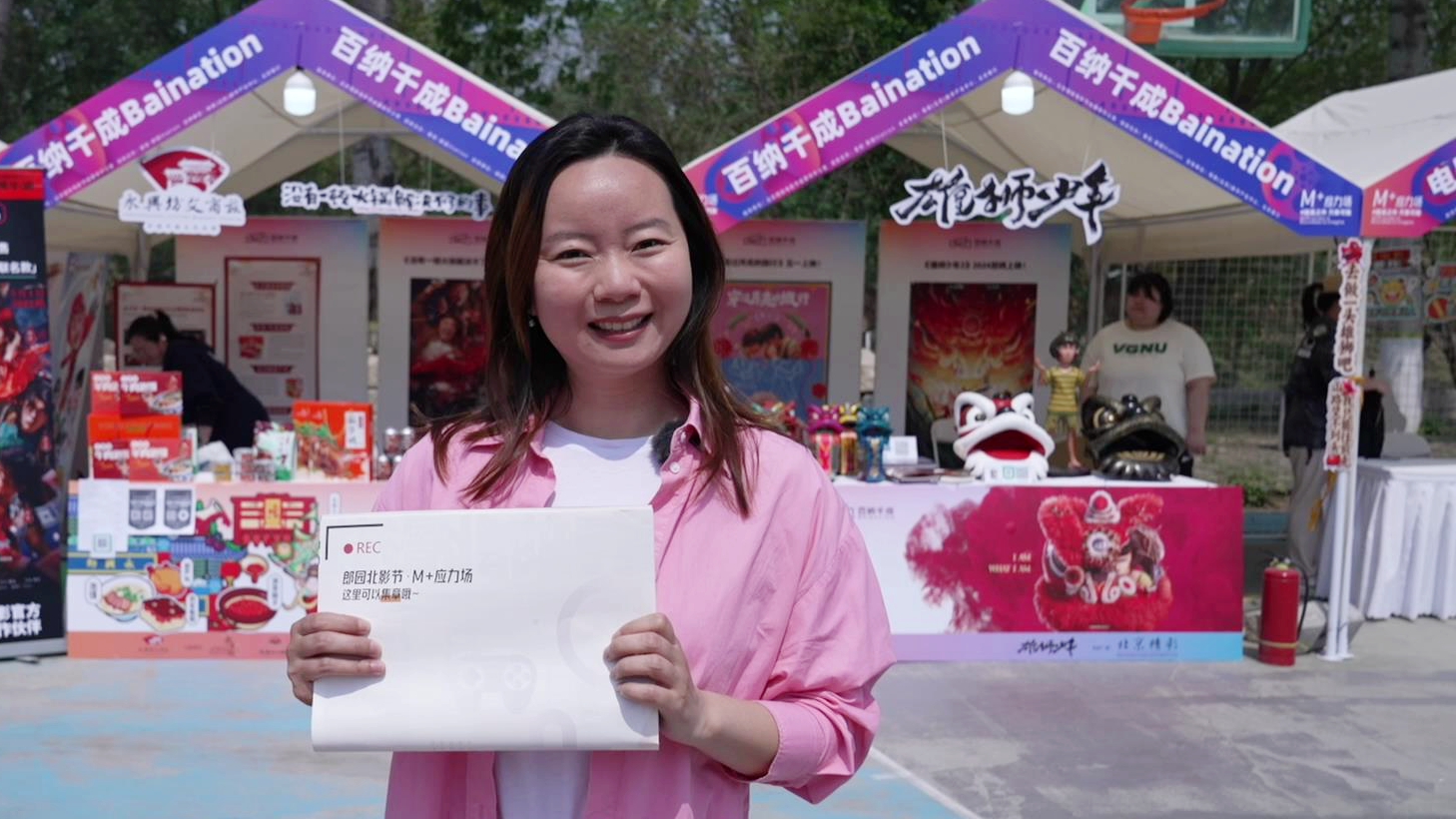
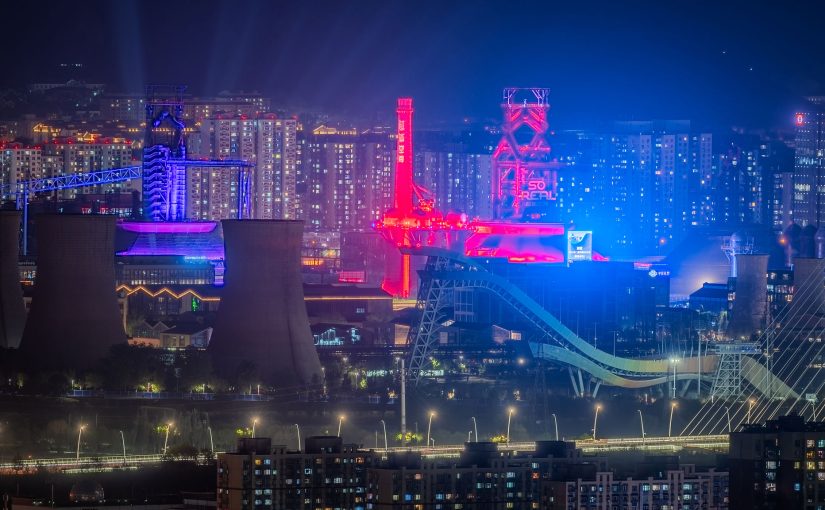
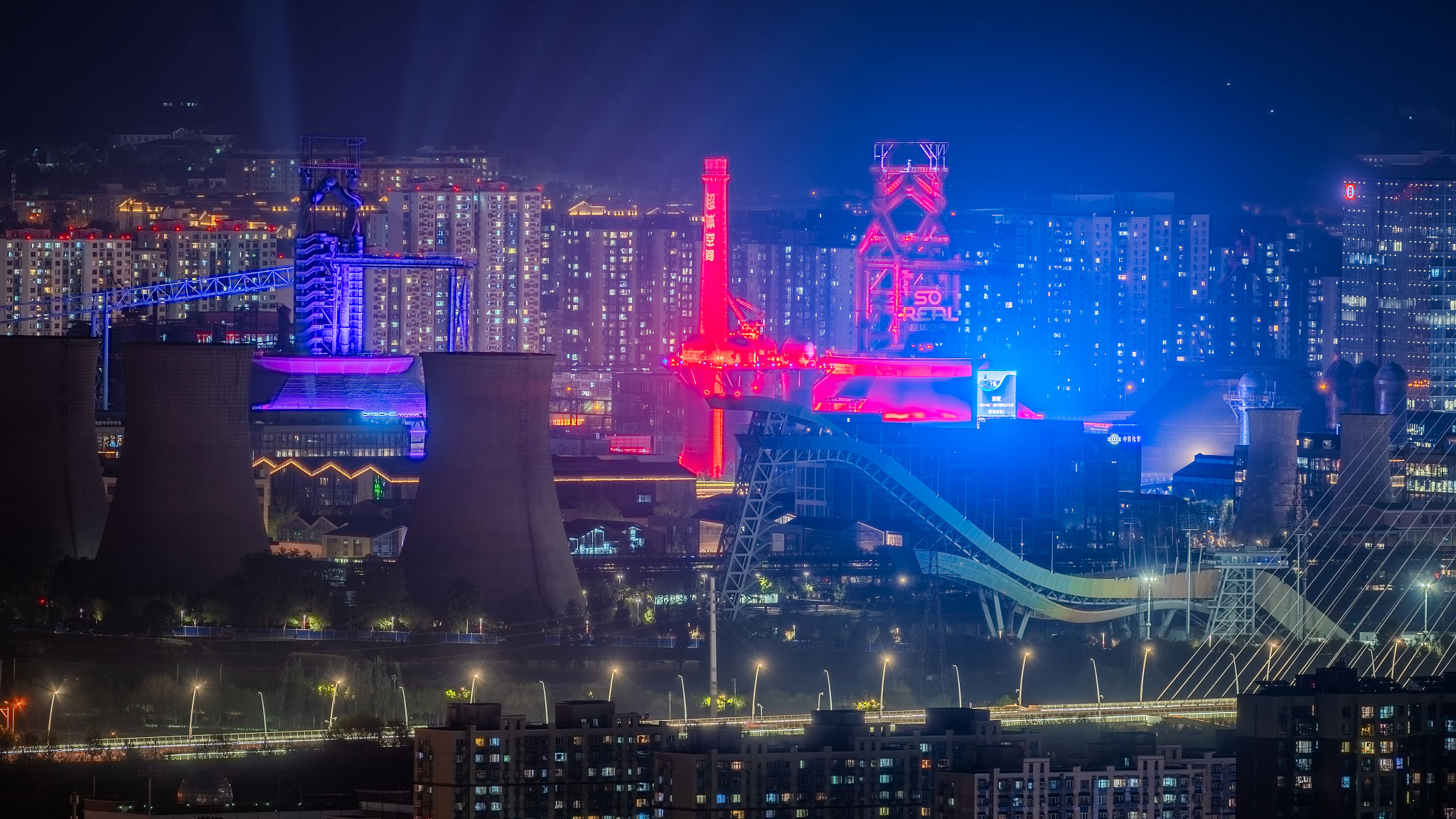 A laser show is tested at the Shougang Park in preparation for the 8th China Science Fiction Conference, Beijing, China, April 23, 2024. /CFP
A laser show is tested at the Shougang Park in preparation for the 8th China Science Fiction Conference, Beijing, China, April 23, 2024. /CFP 
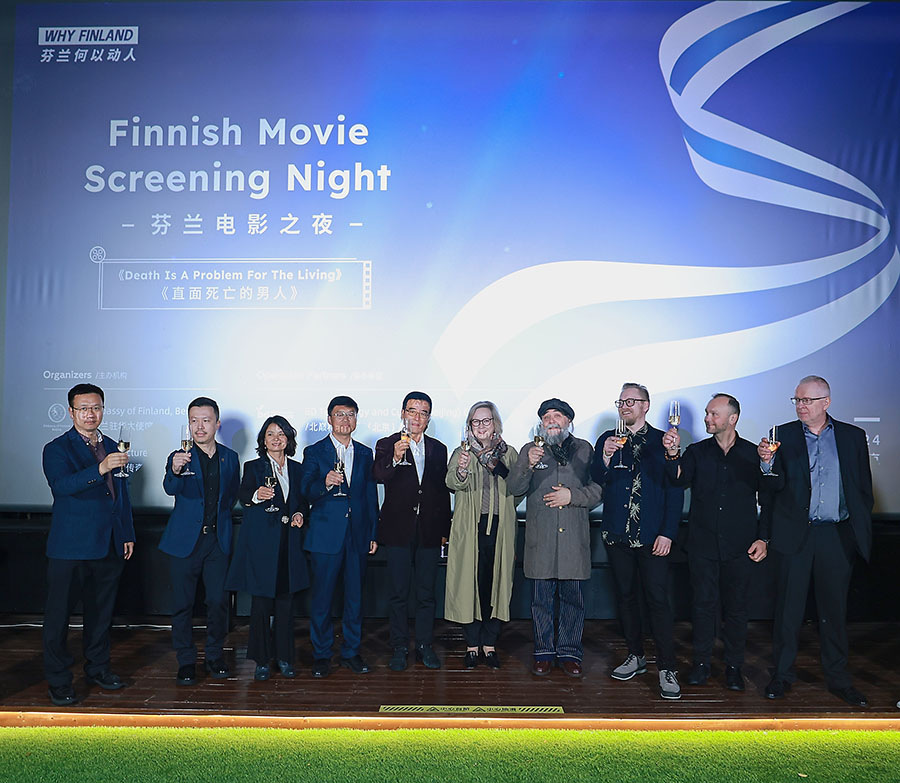 A Finnish movie screening night is held in Beijing on April 23, 2024. [Photo provided to chinadaily.com.cn]
A Finnish movie screening night is held in Beijing on April 23, 2024. [Photo provided to chinadaily.com.cn]